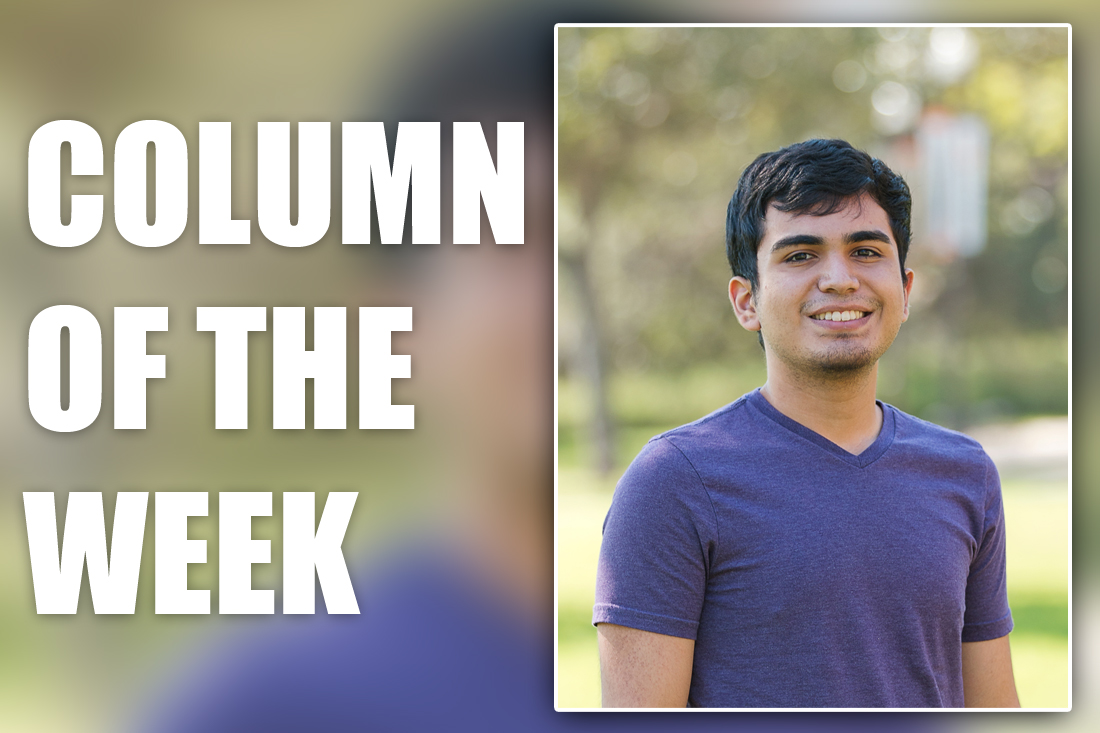
Oftentimes, people mistake the conversation about legalizing marijuana as a conversation about drugs and morals. Whether or not you partake, there will always be people who do; therefore, the market will always exist. The questions lie more in where you want this market to be, and who is criminalizing marijuana truly going to affect?
During the Colonial period, hemp was one of the most prominent cash crops coming from America. Soon, cotton surpassed it in value, conveniently taking its place in your children’s history books as well. George Washington, Thomas Jefferson and Benjamin Franklin were all owners of hemp plantations, and some historians even say that the U.S. Constitution was written on hemp fibers!
A couple of centuries later in 1910, the Mexican revolution brought an influx of immigrants from Mexico fleeing violence that plagued their country. Some of those immigrants used marijuana recreationally, and at the time, it was not yet illegal in the U.S. Although the plant was already being consumed in the form of over-the-counter medicines, and hemp still held its capitalistic value, it lacked any type of negative connotation. It was then known only as “cannabis,” so when Spanish speakers came in referring to the plant as “marijuana,” people were quick to create a distinction.
Throughout the early 20th century, marijuana became even more associated with Mexican immigrants as well as the rising African-American jazz culture of the time. During the Great Depression, Mexican immigrants were blamed for the unemployment rate while simultaneously being labeled as lazy marijuana smokers. African-Americans began to be associated with rising crime rates and drug use in inner cities, which correlated more with general poverty than it did with race. Put simply, the plant became associated with marginalized minority group that, along with prejudice, birthed the stigma that we know today.
Harry Anslinger, the first commissioner of the Federal Bureau of Narcotics, is credited as one of the first people to begin the war against marijuana, which he ran on a clearly racist agenda. Despite the fact that 29 out of 30 scientists on his panel said that marijuana had no major negative effects on people, he still insisted that the drug should be prohibited. In 1929, he wrote in a Federal Bureau of Narcotics report:
“There are 100,000 total marijuana smokers in the U.S., and most are Negroes, Hispanics, Filipinos and entertainers,” Anslinger said. “Their satanic music, jazz and swing result from marijuana use. This marijuana causes white women to seek sexual relations with Negroes, entertainers and any others. Reefer makes darkies think they’re as good as white men.”
Believe it or not, these comments truly hit home with most of the American population. Many white families were concerned about the effects marijuana could have on their children and were greatly in support of propaganda against the drug, such as the film “Reefer Madness.” (This film hilariously depicts false effects that marijuana has on young people. If you think you would enjoy a good laugh, I highly recommend you watch it.)
Thanks to this established narrative, today the U.S. has the highest incarceration rate in the world, half of which can be attributed to drug violations, according to a special report from the U.S. Department of Justice. Of the people incarcerated for drug offenses, three-fourths of them are non-violent offenses, and the overwhelming majority of them are racial minorities despite similar usage rates among white Americans.
Perhaps so many of these people are in prison not because our government believes they are a threat to public safety, but because of what they gain from keeping them there. Private for-profit prisons have grown exponentially every year since 1980, and they are only growing as our government continues to seek ways to cut spending on our massive prison system.
Not only would legalization change the lives of minority groups in America affected by mass incarceration, it could also benefit a much broader sect of people around the world. Today, Mexico and much of Latin America are afflicted by drug violence. “Bad hombres” tend to have the most autonomy in many of these nations, and it’s largely because they have their biggest market in their northern neighbors. If marijuana were to be legalized and regulated, not only would it benefit the public health of individuals already consuming the unregulated drug, it could also actively reduce violence in countries that find themselves run by drug cartels.
The history of marijuana prohibition is one of clear racism and systematic oppression, perpetrated by the claws of bigotry, which are found in our own society’s palms. The stigma that we’ve built ourselves was never supported by science; it has always been about oppression.






